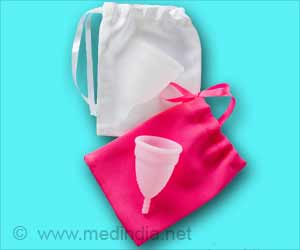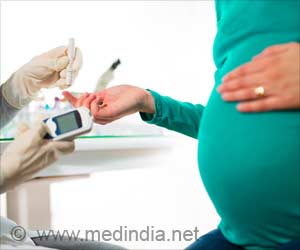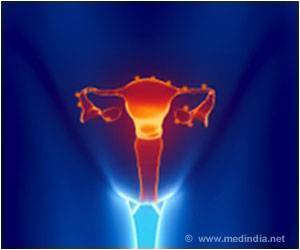White British women are more likely to have had a cervical screening and there is more chance that women who own a car and/or home have had a mammogram, according to research.
White British women are more likely to have had a cervical screening and there is more chance that women who own a car and/or home have had a mammogram, according to research published on bmj.com today.
Author, Kath Moser and colleagues at the University of Oxford, highlight the need for information on patients’ ethnicity and some indicators of their socioeconomic status to be collected routinely in general practice to help document inequalities in health screening.The NHS Cancer Screening Programmes invites women in England aged 50-70 for breast screening every three years, and women aged 25-64 for cervical screening every 3 to 5 years.
The authors commissioned ONS to ask women aged between 40 and 74 in the National Statistics Omnibus Survey: "Have you ever had a mammogram (x-ray of your breasts)?" and "Have you ever had a cervical screening (the smear test or Pap test)?" and if so, the date of the last time they were screened. Over 3,000 women were interviewed between 2005 and 2007.
On a positive note the results show that most eligible women (84%) have had both breast and cervical screening, only 3% of women have never had either. However, the results also reveal that women are more likely to have had a mammogram if they live in households with cars and own their home as opposed to renting.
Ethnicity is a key factor in whether women attend for cervical screening. White British women are far more likely to have had a cervical screening than women from other ethnic backgrounds. Cervical screening uptake was also greater among more educated women but was not associated with car/home ownership or where in the country women lived.
The authors conclude that this study is important because "it provides new evidence on inequalities in screening showing that they are characterised by indicators of household wealth in the case of breast screening and ethnicity in the case of cervical screening. It therefore also demonstrates the need for patient ethnicity and some indicator of socio-economic position to be routinely collected in general practice. This would facilitate the routine monitoring of coverage of screening among different ethnic and socioeconomic groups and could be used to inform policies to reduce inequalities in coverage."
Advertisement
"This is the first time we’ve asked women directly to tell us about their experiences of breast and cervical screening. The findings have been very interesting with women saying they were more likely to have had a mammogram if they owned their own homes and had a car, no matter what their background or where they came from. This differed from cervical screening where ethnicity and education levels were found to have a direct link with the likelihood of being screened.
Advertisement
Source-BMJ
LIN















